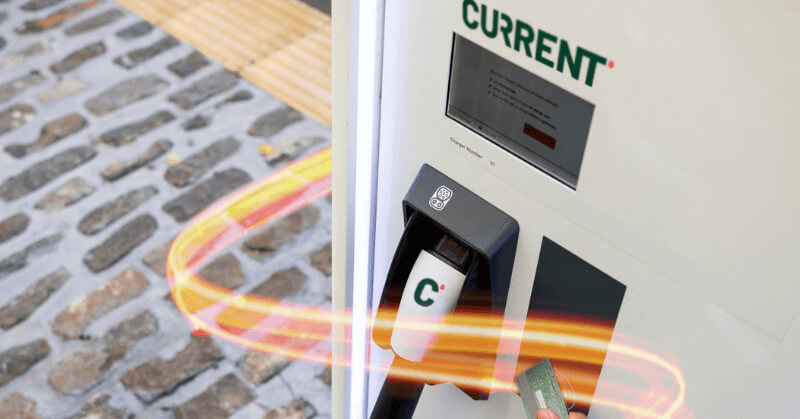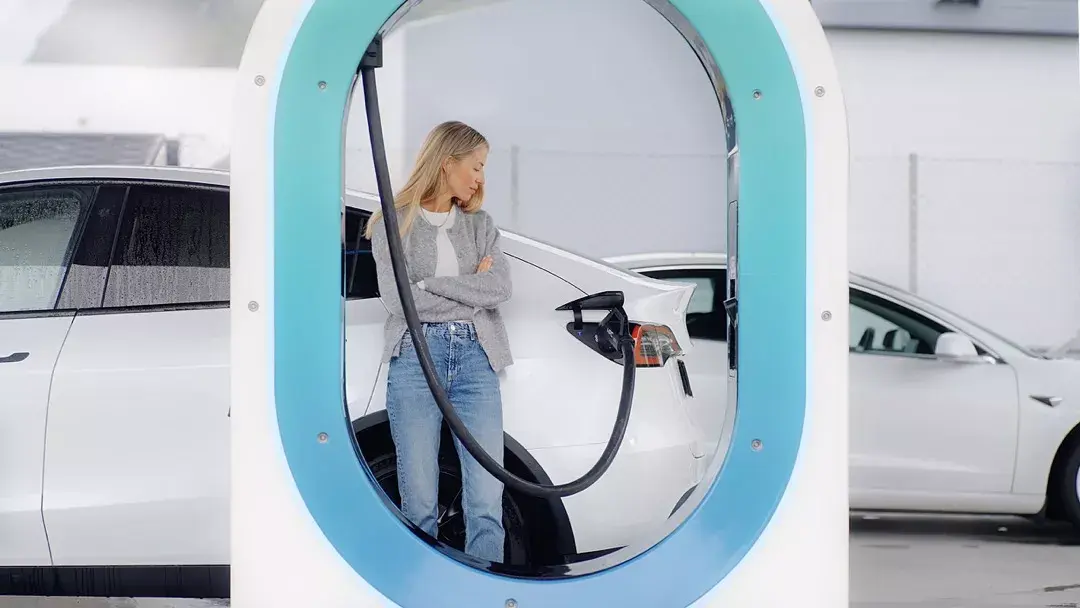
As an EV charge point software provider, pricing and the way drivers are charged is a major priority for us when it comes to product development. In our position, we’re always aiming to make sure our clients aren’t losing out as energy prices fluctuate. As such, one of this year’s exciting new upcoming features is spot pricing.
What is spot pricing?
Spot pricing is the ability to invoice the exact cost of energy at any given time. The owner of the power subscription needs to have a contract that supports this, but essentially, the intraday market reveals how much a kilowatt-hour will cost at a particular time and place. This information can be picked up and combined with EV charging at that location to cover the exact costs of charging. Basically, it makes EV charging costs much more accurate.
What is the intraday market?
In this context, intraday trading refers to the continuous buying and selling of power on the same day. The fact that this fluctuates allows us to pinpoint precisely how much energy costs at a certain time and place, and we can pass that information on to the CPO to ensure they’re covering that outgoing.
Why spot pricing is important
The aim of spot pricing is not only to ensure CPOs get the right price for the energy they provide but to give the end-user an incentive to charge when energy is cheapest, rather than when it’s most convenient.
Many EV drivers are, whether they realize it or not, in the habit of putting their vehicles on charge at expensive times, which affects the bottom line for the CPO. For example, during a long trip, a driver might stop to charge in the middle of the day when energy costs more, rather than charging at their destination overnight when the energy rate is cheaper. With spot pricing, they will be pickier about the time and day that they charge. A simple change in behavior could make a real difference to how much they spend, what a CPO charges, and how the grid is balanced.
At uncertain times like this, spot pricing is a future-proofing tool for CPOs. With spot pricing, you never have to sell power for less than it’s costing you, giving you a safety net. None of us have a crystal ball telling us what the price is going to be for the consumer in the future, but spot pricing is an easy model to understand and allows every part of the chain to understand where the price is coming from.
How it works
Through CURRENT’s Smart EV Charging platform, spot pricing can be automated. We’ll pick up the pricing twice a day and will reflect this in the app, then the user can use that information to choose when they want to charge. Theoretically, this will also help with load management to increase usability for EV drivers in the future.
Solving energy cost challenges
There are bigger advantages to spot pricing beyond simply providing energy at the right price point. Due to the impacts of drought and the Ukraine war, energy prices have spiked in Europe, and some people have been left questioning whether they can even afford to run their vehicles or not.
Spot pricing helps with this by ensuring the fairest prices trickle all the way down the chain, allowing end-users to choose their charging time carefully. The knock-on effect benefits CPOs too, as when energy prices are high, what the end-user pays doesn’t always cover the energy used. With spot pricing, when prices spike, CPOs aren’t left out of pocket.
Segments that benefit most from spot pricing
Spot pricing is beneficial for everybody, even for those who have nothing to do with EVs since peak shaving helps all energy users. But primarily, it benefits four groups:
- CPOs
- End-users
- Fleet operators
- Multi-unit dwellings (MUDs)
For CPOs, spot pricing is a safety net. Not only can they offer end-users lower-priced charging times, but they can sell negative energy back to the market when the expense is high. It defends them against fluctuating prices and any ill effects caused by the economy.
For end-users, the obvious benefit is lower prices at a time that suits them. The ability to see the differing prices means they can make smart choices about when to plug in their vehicle, reducing peaks. Similarly, fleet operators can choose charging times that cost them less and don’t cut into the time spent on the road.
Finally, through spot pricing, MUDs are able to offer their residents a fair charging experience without the risk of incurring financial losses. It simply takes the volatility away from the energy market for all parties, offering flexibility that’s sorely needed.
Spot pricing through CURRENT’s SmartCharge platform
What makes our spot pricing function special is that, even though a lot of people are talking about doing it, we haven’t seen anybody offering it the way we are. One of the main differences is we’re open about the other fees connected to the energy price. In Norway, for example, the total cost of energy is made up of three elements:
- Power price
- Grid fee
- Government fee
Adding these together gives a completely different cost than the actual spot pricing, which is what a lot of people believe they’re paying.
With our system, those three charges are handled and optimized depending on a combination of load management and spot pricing. This enables us to do peak shaving and spot pricing at the same time.
Our SmartCharge platform is set up for spot pricing, but clients need other elements in place to support it. This includes the right contracts and equipment, and all the core features of Open Charge Point Protocol (OCPP) compliant on a charger (OCCP is a standardized way for a charger to talk to the back office of a charge point management system). If you can achieve all the verticals in the horizontal layer of charging, there are loads of benefits for the end user and the location owner or CPO.
Learn more about what our SmartCharge platform can do for you by booking a demo today.



